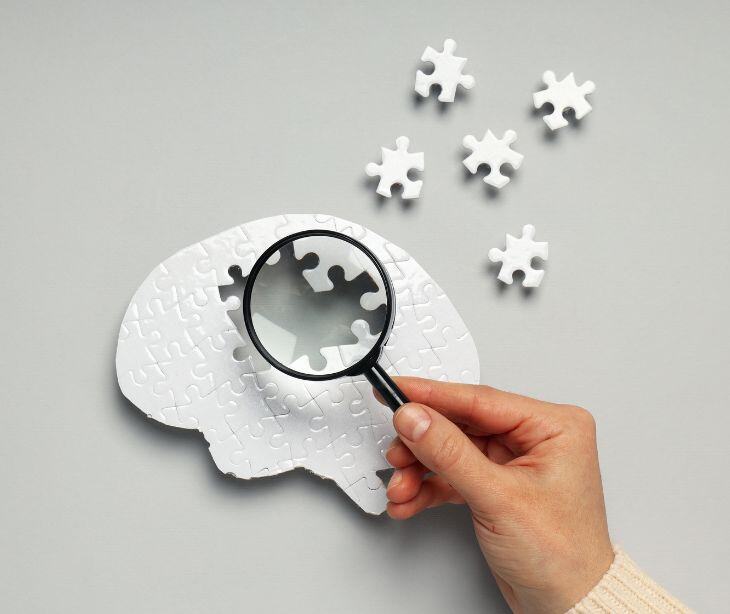
Early-onset dementia is a condition where cognitive decline starts in people under 65, often affecting those in their 40s or 50s. This type of dementia is particularly challenging because it occurs when individuals are likely to be at the peak of their careers, actively raising children, and managing financial responsibilities such as mortgages. This leads patients with early-onset dementia to choose to stay at home and continue living their normal lives for as long as possible rather than moving to care facilities. Several factors drive this preference and set in place the need for effective communication among patients, support systems, and healthcare teams.
The care needs of early onset dementia
According to an article published in Advances in Psychiatric Treatment provided, “Early-onset dementia is less common than dementia in later life. The differential diagnosis is broader and younger people are more likely to have a rarer form of dementia.” In older adults, Alzheimer's disease accounts for nearly two-thirds of dementia cases and is the most common form. In contrast, younger individuals experience Alzheimer's less frequently, with other types like frontotemporal dementia being more common. Early-onset dementia has a broader differential diagnosis, which includes other neurological illnesses, psychiatric disorders, and conditions like traumatic brain injury or drug misuse, making the diagnosis more complex.
The treatment plan therefore becomes equally complex, generally involving a comprehensive assessment by a multidisciplinary team. This team conducts cognitive tests, physical examinations, and neuroimaging (like CT or MRI scans) to identify the type and extent of dementia and to rule out other possible causes of cognitive impairment. The team focuses on managing symptoms and improving the quality of life through medications, cognitive therapies, and lifestyle modifications. Support services centered around mental healthcare like counseling, occupational therapy, and support groups for both patients and their families also become necessary.
Where email fits into symptom management
Managing symptoms of early onset dementia maintains the quality of life for individuals by slowing the disease progression and alleviating distressing symptoms. Patients and their families often use email to quickly and easily reach out to doctors for advice on managing day-to-day challenges that need to be quickly addressed. This immediate access to healthcare providers addresses any concerns or changes in symptoms, reducing the risk of complications.
This method of communication also facilitates the collaboration required to treat patients while they remain at home. Mental health support teams use email to deliver coping strategies, therapeutic exercises, and regular check-ins. Mental health professionals offer continuous support and encouragement by providing these resources directly to patients and caregivers.
Neurologists rely on email to share test results, make adjustments to medications, and monitor neurological patterns over time. This ongoing communication allows for a more personalized and responsive treatment approach, as neurologists quickly adapt to changes in the patient's condition.
How to setup a two way dialogue email for patient care
- Use a HIPAA compliant email platform to protect the patient information shared when discussing changes in the patient's condition and alterations in their care plan.
- Set up professional email accounts for doctors, mental health support teams, neurologists, and other specialists involved in the patient’s care.
- Help patients and caregivers create dedicated email accounts for healthcare communication. Ensure these accounts are secure and easily accessible.
- Use email management tools to organize and prioritize emails. Features like folders, labels, and filters help manage incoming and outgoing messages efficiently.
- Set up autoresponders to acknowledge receipt of emails and inform patients and caregivers of expected response times.
- Provide guidelines on the type of information that should be included in emails, such as symptoms, medication updates, appointment requests, and urgent concerns.
- Determine how often patients and caregivers should send updates (e.g., daily, weekly) and under what circumstances they should contact healthcare professionals immediately.
In the end, the workflow should look like this:
- Patients or caregivers email healthcare professionals about new or worsening symptoms.
- An autoresponder confirms receipt of the email and provides a timeframe for a detailed response.
- The healthcare professional reviews the email and replies with advice, medication adjustments, or requests for an appointment.
- Patients or caregivers follow up with progress reports or further questions.
- All email exchanges are documented in the EHR for reference and continuity of care.
See also: Top 12 HIPAA compliant email services
FAQs
What is an EHR?
An Electronic Health Record that stores patients' medical histories digitally.
Why do people find email to be the best form of communication?
People find email to be the best form of communication because it is quick, efficient, and accessible.
Can caregivers access patient PHI?
Caregivers can access protected health information (PHI) if they have proper authorization and are involved in the patient's care.
Subscribe to Paubox Weekly
Every Friday we'll bring you the most important news from Paubox. Our aim is to make you smarter, faster.



